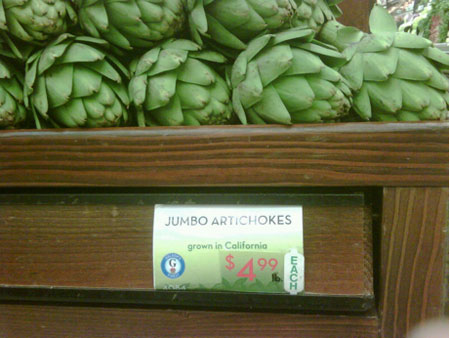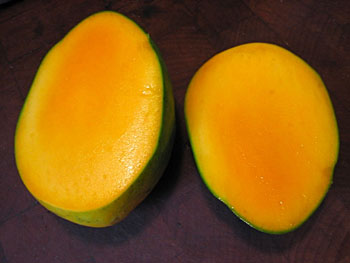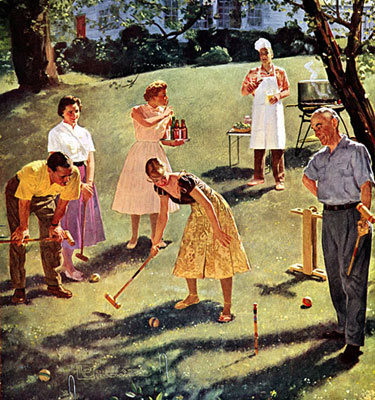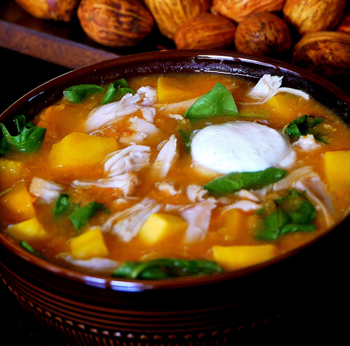 Years ago I made an oatmeal cake that was moist, dense and delicious with a thick layer of cream cheese frosting slathered over the top. When we had out-of-town friends staying with us last week, I thought of that cake that I haven’t made in years when I served baked oatmeal for breakfast one morning.
Years ago I made an oatmeal cake that was moist, dense and delicious with a thick layer of cream cheese frosting slathered over the top. When we had out-of-town friends staying with us last week, I thought of that cake that I haven’t made in years when I served baked oatmeal for breakfast one morning.
I flipped through my recipe file and found the cake recipe that I’d clipped from a newspaper many years ago. I added a seasonal touch to the cake with the addition of chopped, locally grown apples. Since I had a ripe banana in the freezer, I stirred that into the batter, too. A bit of cinnamon added to the cream cheese frosting turned the cake into an autumn treat.
Oatmeal, tart apples, cinnamon and banana paired with cream cheese — can’t get much better — unless you add some toasted chopped pecans. I shared the cake with others and discovered that a short length of cinnamon stick poked into each piece of cake worked well as a support for plastic wrap, preventing the plastic from sticking to the frosting and ruining its attractiveness. Once you taste this cake, you may choose not to share.


 I can't make pancakes. Nope. Just can't. Other than my fleeting victory with Nigella's ricotta hotcakes last August (which technically aren't pancakes), I haven't had much pancake success.
I can't make pancakes. Nope. Just can't. Other than my fleeting victory with Nigella's ricotta hotcakes last August (which technically aren't pancakes), I haven't had much pancake success.
 I love mixing sweet and savory in a recipe. It's a flavor combination I enjoy. In classic holiday recipes you'll find apples mixed into vegetable sides, or honey-roasted chicken, or pomegranates sprinkled on salads. This dish combines apples, honey, and pomegranates with earthy beets to create a salad that's perfect for the celebration of renewal.
I love mixing sweet and savory in a recipe. It's a flavor combination I enjoy. In classic holiday recipes you'll find apples mixed into vegetable sides, or honey-roasted chicken, or pomegranates sprinkled on salads. This dish combines apples, honey, and pomegranates with earthy beets to create a salad that's perfect for the celebration of renewal.
